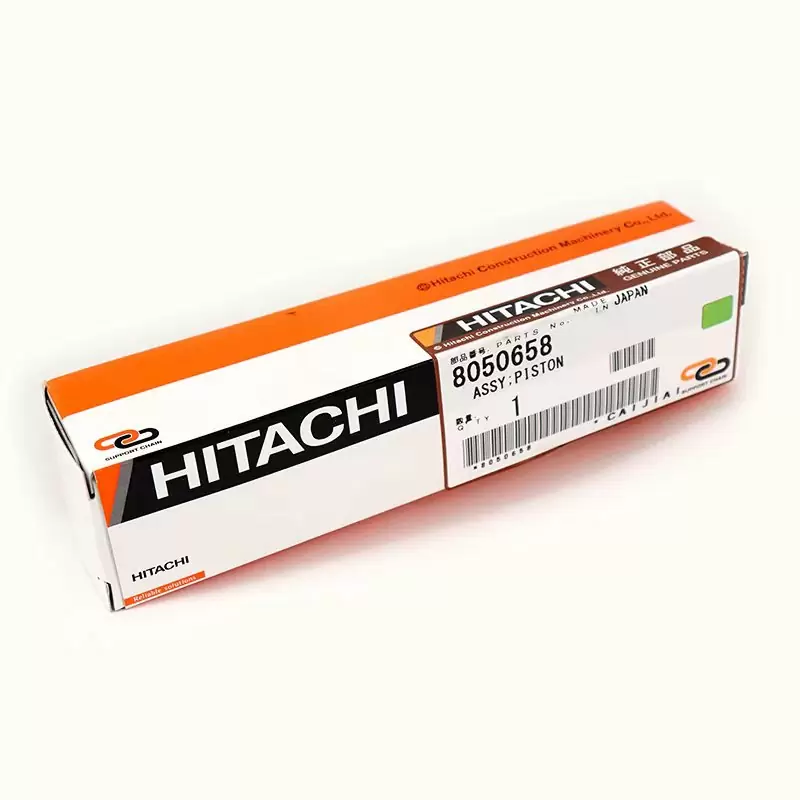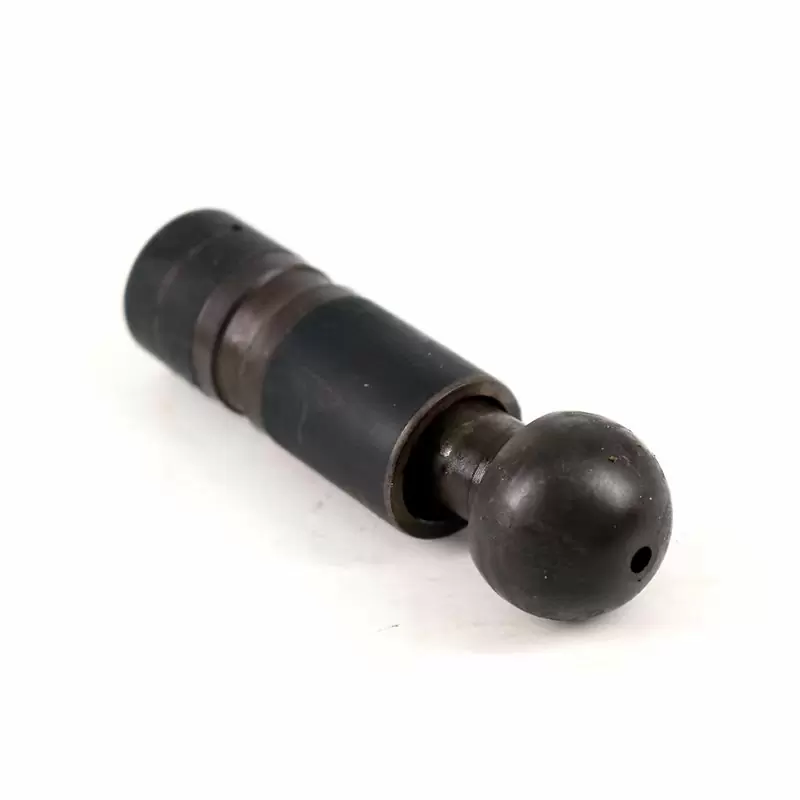The tightness or clearance between the pressed piston and rod assembly depends on the specific engine design and manufacturer specifications. It is crucial to follow the recommended tolerances provided by the engine manufacturer or consult with a professional engine builder for precise measurements.
In general, the piston and rod assembly should have a specific amount of clearance to allow for proper lubrication and thermal expansion. This clearance is typically referred to as the “piston-to-wall clearance” or “rod bearing clearance.”
The piston-to-wall clearance is the gap between the outer diameter of the piston and the inner diameter of the cylinder wall. It ensures that the piston can move freely within the cylinder while maintaining an adequate oil film for lubrication. The recommended piston-to-wall clearance can vary depending on factors like the engine type, piston material, and intended use of the engine.
The rod bearing clearance, on the other hand, refers to the gap between the connecting rod and the crankshaft journal. This clearance allows for proper lubrication and prevents excessive friction and heat buildup. The recommended rod bearing clearance is typically specified by the engine manufacturer and can vary depending on the engine design and application.
To ensure the correct tightness, it is crucial to follow the engine manufacturer’s specifications(Hitachi Genuine Parts assy piston) or consult with an experienced engine builder who can provide the appropriate measurements and clearances for your specific engine. Incorrect clearances can lead to engine damage, excessive wear, or even catastrophic failure.




